For centuries, skincare has been deeply woven into Korean culture, evolving from ancient herbal remedies to today’s multi-step routines that emphasize prevention and radiance.
In Korea, clear, glowing skin has historically symbolized health, beauty, and social status, a sentiment traced back to early dynasties where men and women embraced natural skincare.
From the intricate routines of the Silla Dynasty to the restrained elegance of the Joseon era, Korean beauty ideals have always reflected a blend of aesthetic and cultural values, celebrating not only appearance but also virtue and social identity—qualities that are now celebrated in the names of some of the most iconic Korean skincare brands, such as Seoul’s Beauty of Joseon.
Fast-forward to the 21st century and K-beauty is now a global phenomenon, driven by innovative products and an unparalleled commitment to skincare. With an industry that sets trends years ahead, South Korea has captivated beauty enthusiasts worldwide.
The widespread popularity of K-beauty is also fueled by Korean pop culture, where celebrities endorse skincare routines that deliver the sought-after “glass skin” effect.
For travelers and beauty enthusiasts alike, exploring K-beauty provides not only a glimpse into the latest skincare advancements but also a connection to the deeply rooted traditions that shaped its rise.
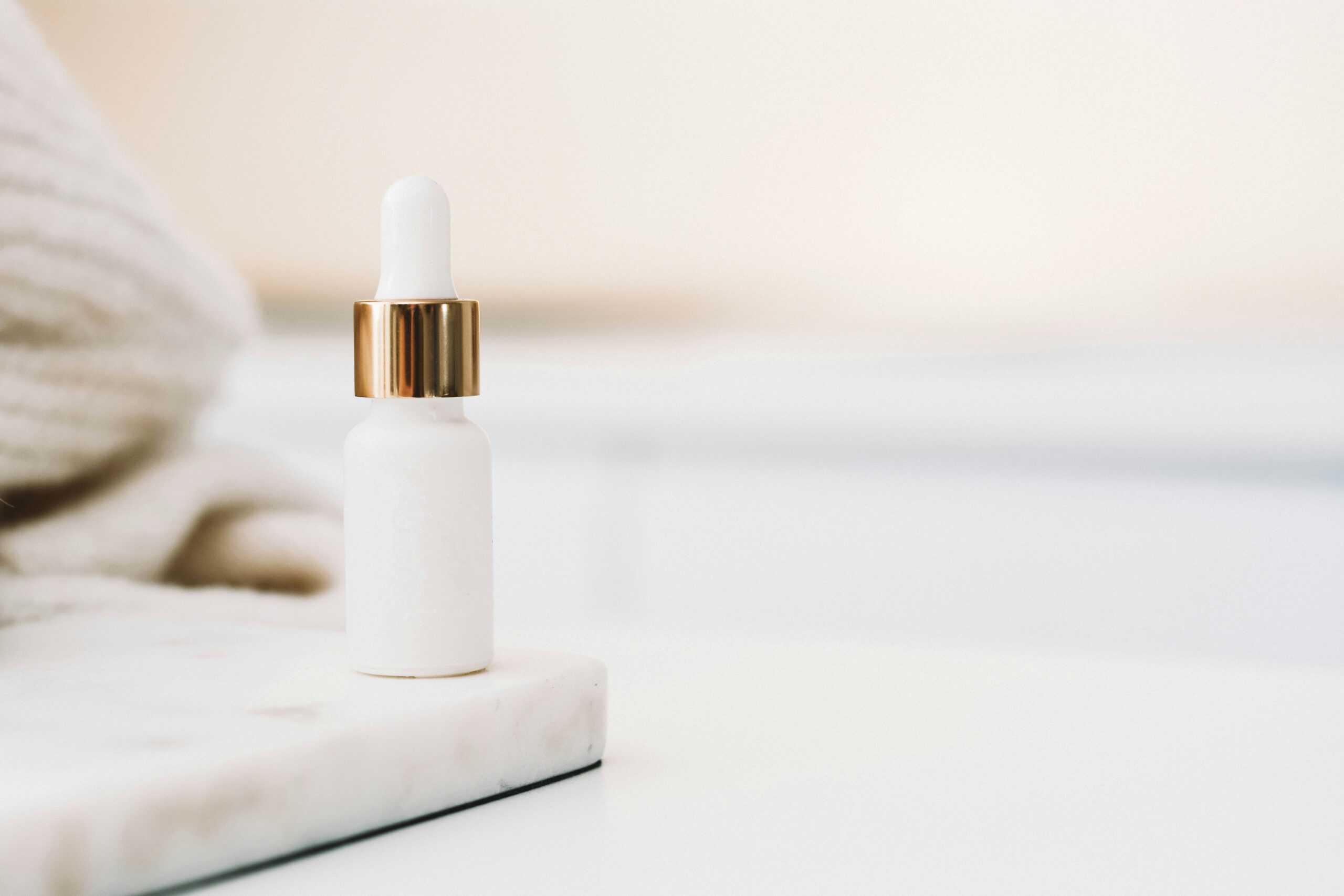
Jump to:
🤔 The Importance of Skincare in Korea
Korean skincare, also known as K-beauty, has gained immense popularity recently and has become a global phenomenon.
It is characterized by its unique approach to skincare, which emphasizes prevention rather than just correcting skin issues. The Korean skincare routine typically consists of multiple steps and uses toners, essences, serums, ampoules, and masks. The importance of skincare in Korea can be traced back to the country's long history and cultural emphasis on beauty.
From ancient times, Koreans have placed great value on maintaining clear, radiant skin, which was seen as a reflection of one’s overall health and social status. Some historical records suggest that skincare was part of the daily routine for both men and women in ancient Korea.
They used natural ingredients such as herbs, oils, and fermented rice water to cleanse and nourish their skin. This tradition has been passed down through generations, leading to the development of modern-day Korean skincare techniques.
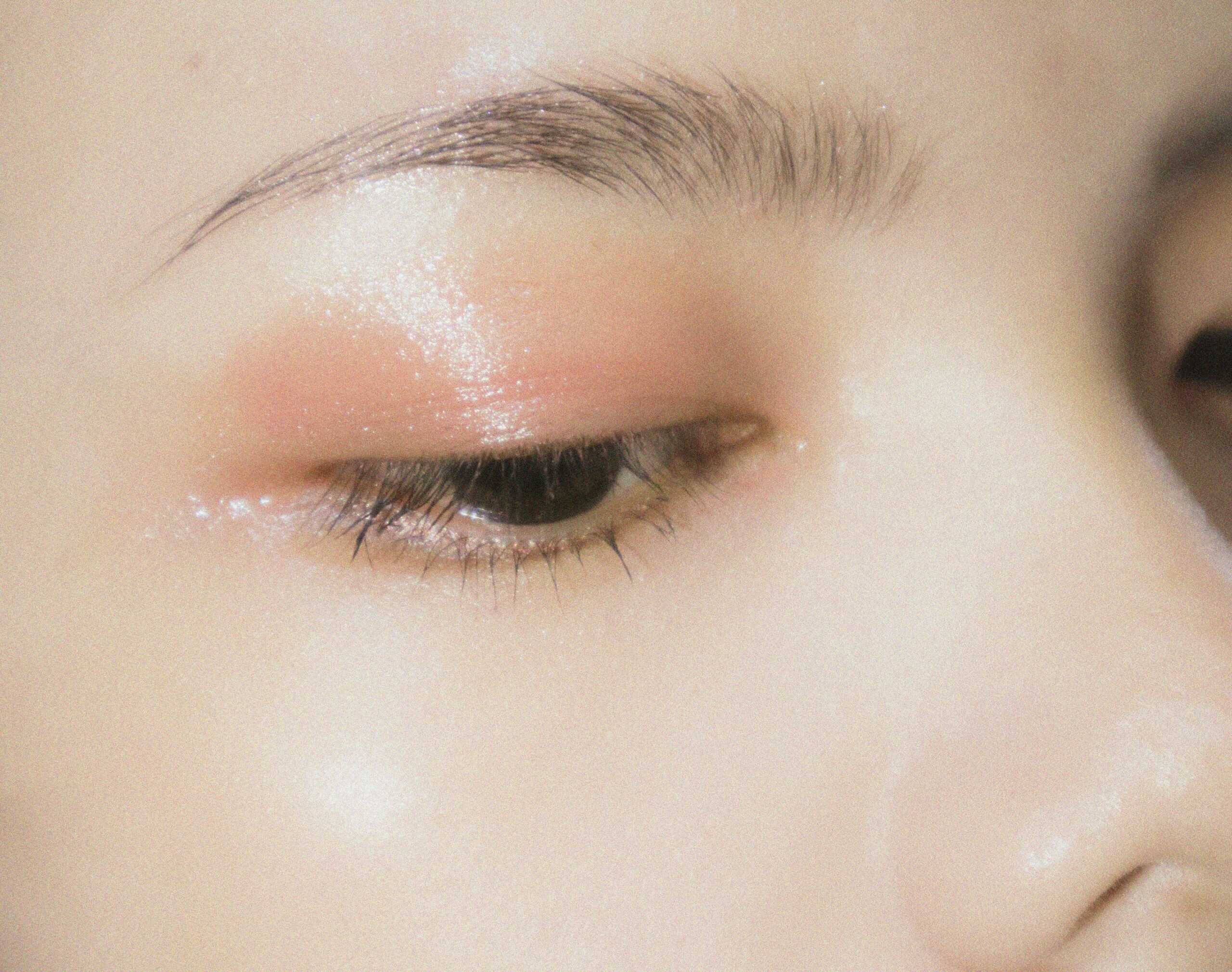
🏯 The Evolution of Korean Skincare
The Silla Dynasty
The Silla Dynasty was driven by a profound ideology known as young-yook-il-chi-sa-sang, which roughly translates to the belief that a beautiful soul resides within a beautiful body. During this period, beauty was intricately linked to one's moral and social standing, making personal adornment a significant cultural aspect.
Gold, abundant in the region, was frequently used to craft exquisite accessories. The people of Silla had a deep-seated fascination with makeup, hairstyles, and clothing, which some scholars have described as "flamboyant" for its ostentatious and decorative nature.
Physical attributes, such as an attractive appearance and fair skin, were often considered essential traits for leadership, reflecting the era's highly aesthetic-driven ethos.
In historical texts like Samguk Yusa, legends speak volumes about this emphasis on beauty, such as the tale of Bak Hyeokgeose, the mythical founder of the dynasty, whose beauty and luminous appearance set a high standard. The significance placed on makeup and grooming practice transcended gender, as both men and women indulged in it.
Initially light, makeup gradually became more vibrant and heavier, aligning with the period's fashion trends. Yeonji, a popular red makeup derived from safflower, was a staple for enhancing cheeks or lips, while elaborate eyebrow treatments utilized soot mixed with natural elements.
Bathing was equally critical, underpinning the belief that cleanliness married with a pure heart.
Various bathing facilities, private and public, emerged due to this tradition, playing essential roles in maintaining beauty. Hair fashion was equally vital, with elaborate wigs or gachae adorned with intricate accessories—these wigs being highly coveted even beyond the Korean peninsula for their craftsmanship and exotic aesthetic.
Figures like Misil, Queen Seondeok, and the Hwarang epitomized the idealized beauty of Silla, showcasing the enduring legacy of this multifaceted cultural heritage.

The Goryeo Dynasty
During the Goryeo Dynasty, beauty norms underwent a notable transformation, shifting from the voluptuous ideals of the Three Kingdoms period to a more refined elegance.
This change in perception naturally extended to make-up and grooming practices. Women from the lower social echelon, often working in taverns, employed vibrant, heavy make-up, which led to societal stereotypes of such styles as having lesser status.
In contrast, women of the upper classes adopted a more minimalist approach, using thin layers of make-up that accentuated their clear complexions.
Light peach-colored blush and yeonji, a red pigment derived from safflower, were delicately applied to the lips, and on special occasions, brides adorned their cheeks and foreheads with yeonji and gonji.
Prominent portraits from the era, such as that of Lady Hayeon, reveal thick, arch-shaped eyebrows drawn to complement the eyes, creating a harmonious appearance.
The Goryeo Dynasty stands out for the relative independence and rights afforded to women compared to later periods like the Joseon Dynasty. Women retained their surnames, wielded economic independence, and had the right to own property.
They were entitled to equal inheritance alongside their male siblings and could remarry if widowed. This period also exhibited matrilocal tendencies, where men would move into their wives' homes, and children shared equally in posthumous family rituals.
While women were typically excluded from public affairs, within their families, they played active roles and possessed a strong voice. This societal landscape created an environment where elegance in beauty was prized alongside the practical liberty women experienced in their daily lives.
The Goryeo Dynasty thus highlights a fascinating chapter in Korean history where evolving beauty standards aligned with greater autonomy for women.
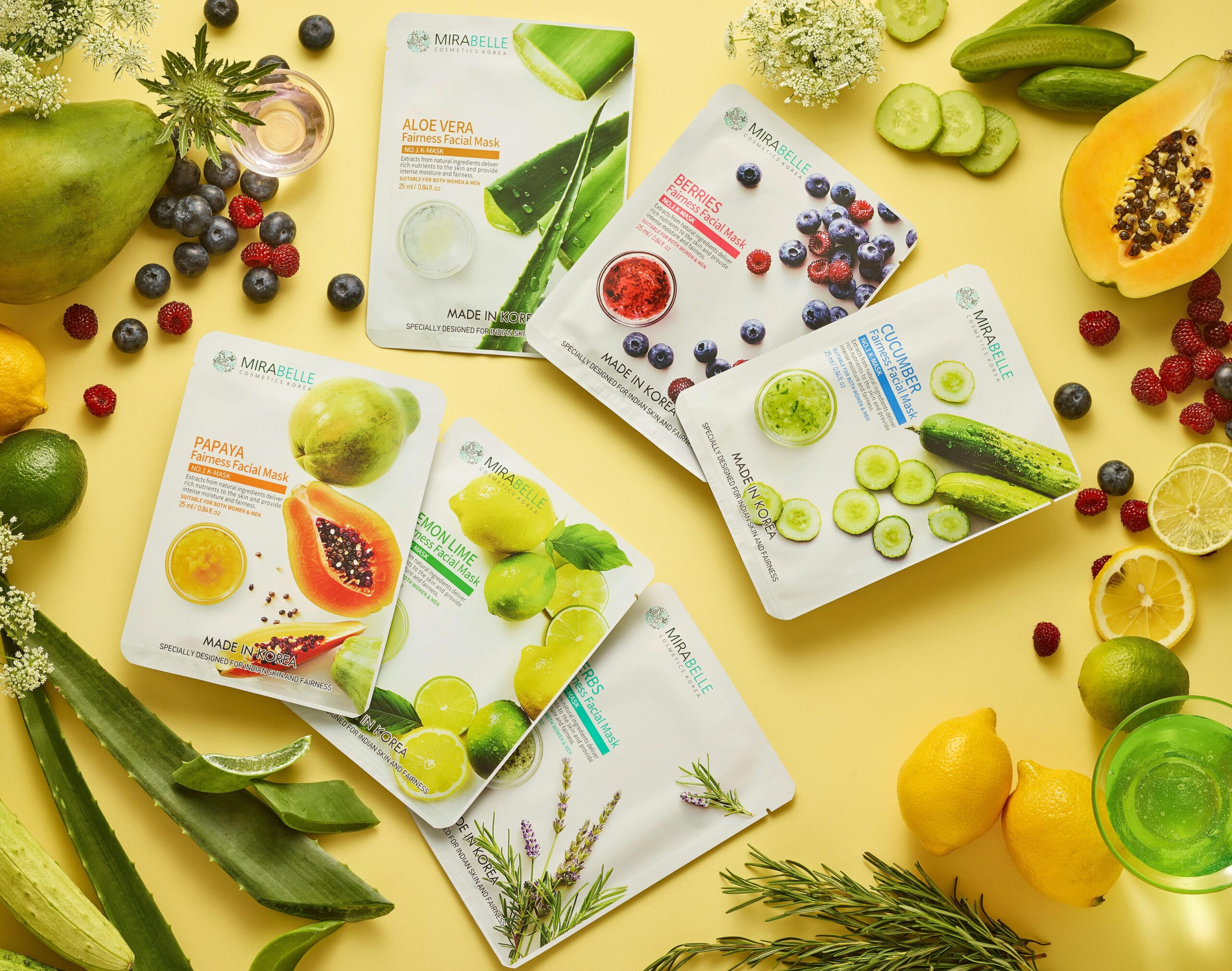
The Joseon Dynasty
The Joseon Dynasty, which lasted from 1392 to 1897, is renowned for its strict adherence to Confucian virtues, particularly filial piety, which deeply influenced women's lives. During this era, women were educated to maintain their feminine dignity and moral integrity through educational programs emphasizing these virtues.
One tangible symbol of this moral dedication was the eunjangdo, a silver pocket knife that every woman carried to demonstrate her commitment to protecting her virtue. As values such as morality and virtues were emphasized, so too were elegance and a composed demeanor in women.
The ideal perception of beauty was closely tied to both external appearances and internal virtues, with a focus on the concept of three triads in beauty—sambaek, samheuk, and samhong—which highlighted the importance of having bright white skin, deep black eyes and hair, and rosy cheeks and lips.
Notably, Jang Ok Jeong, also known as Hui Bin Jang, was a figure who epitomized the ideal feminine beauty of the Joseon Dynasty. As a palace maid, she captivated King Sukjong with her renowned beauty around 1680, leading to a well-remembered relationship depicted in numerous Korean dramas and films.
The portrayal of her life story suggests the allure and fascination surrounding beauty standards during that time. Despite the esteemed portrayal of beauty, the era also embedded restrictive societal norms under neo-Confucianism, which greatly limited women's freedoms and reinforced a patriarchal society.
The idea of namjonyeobi, which valued men more than women, was widely accepted and perpetuated a system where beauty was not merely skin-deep but a complex interplay of appearance and virtue.
Understanding the nuances of beauty standards from the Joseon Dynasty provides a fascinating lens through which travelers can appreciate the intricate socio-cultural fabric of Korea during this influential historical period.
The 20th Century
As the 20th century unfolded, Korea underwent significant transformations in its beauty and cosmetics industry, largely influenced by industrialization. The shift from traditional homemade beauty remedies to mass-produced items marked a turning point in Korean beauty standards.
One of the early trailblazers in this era was bagabun, known colloquially as "Parks Powder." Launched in 1916, it was the first cosmetics product mass-produced in Korea and quickly became a bestseller. However, as the product contained lead, consumers gradually turned away from it when safer alternatives emerged.
In the 1920s, Japanese brands held sway over the Korean cosmetics market, reflecting the colonial influence of the era. The liberation from Japanese rule in the mid-century offered Korea a fresh opportunity to revive its cosmetics industry, although the Korean War of the 1950s posed yet another challenge, temporarily stalling progress.
A significant breakthrough came in 1961 when South Korea banned foreign products, allowing the domestic cosmetics industry to thrive independently. This period of innovation and growth was a difficult time domestically, but it eventually set the stage for South Korea to become a global hub for beauty and skincare, a proudly held title in modern times.
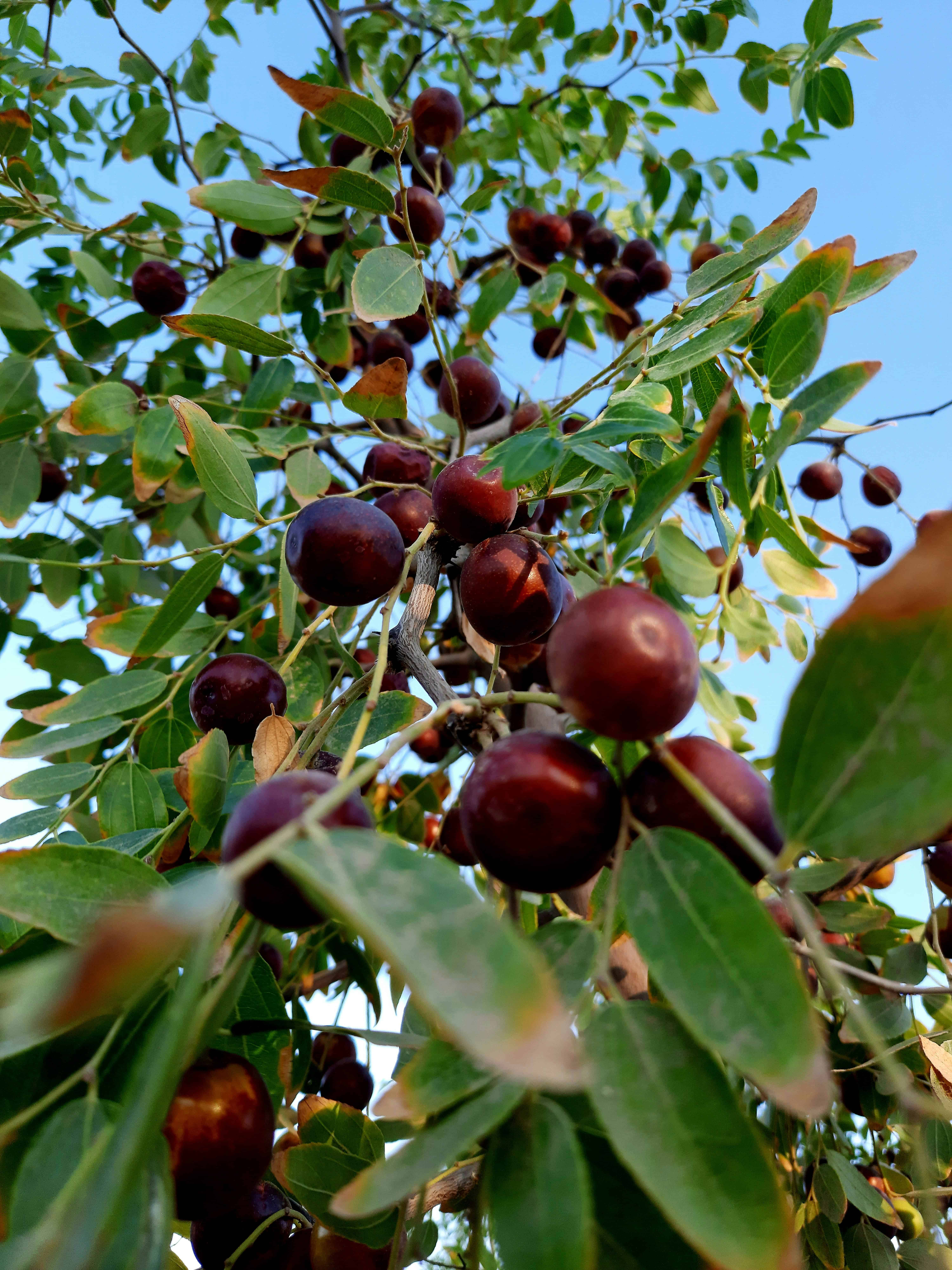
The 21st Century
South Korea stands at the pinnacle of skincare innovation, with its beauty industry widely recognized as being 10 to 12 years ahead of global trends. Travelers visiting South Korea will quickly realize why it is a powerhouse in the beauty world, with an industry valued at billions of dollars annually.
Skincare is a daily ritual observed with great dedication by South Korean women, who spend more on skincare products than women in any other country. This commitment is driven by pursuing the aspirational “glass skin” complexion, characterized by a translucent, dewy appearance that seems to glow from within.
Achieving this radiant look requires an unwavering adherence to a meticulous skincare regimen emphasizing intense hydration, which creates the effect of a liquid highlighter without needing any makeup. The popularity of this trend has caught the attention of Western markets, given the innovative and effective nature of K-beauty products.
Since K-beauty entered the U.S. market in 2011, it has gained significant traction, with the U.S. now serving as the third-largest market for South Korean beauty exports.
For beauty enthusiasts traveling to South Korea, exploring this dynamic industry offers insights into groundbreaking cosmetic advancements and an opportunity to experience firsthand the products that have taken the world by storm.
🛍️ Beauty Shopping Habits
Korean beauty fans love having flawless, glass-like skin, which influences how they shop for beauty products. A survey shows that about 64% of Koreans buy new beauty items every few months, and 16.4% do so monthly.
They carefully choose products based on quality, price, and special ingredients, with many using dedicated Korean shopping apps from prominent retailers. High-quality matters to 52.4%, 42.3% focus on price, and 35.4% look for unique ingredients.
Makeup and clothes shopping online is popular, with 49.7% enjoying its convenience, but 27% still like the in-store experience of trying products. Online reviews impact 58.7% of shoppers, and 33.9% use social media for ideas. Friends and family recommendations influence 29.1% of buyers.
Many Koreans, about 33.8%, are open to trying new brands, reflecting a lively and adaptable beauty market. If you're exploring Korean beauty, these shopping habits offer a great insight into K-beauty trends and choices.
🌏 The Impact of Korean Skincare Products Worldwide
K-beauty has transitioned from a niche market to a significant player in the global beauty industry, with exports increasing dramatically.
Over the past decade, the value of beauty exports from South Korea has risen by over $6 billion, reflecting a growth rate of approximately 370%. In 2022, South Korea's cosmetics market was valued at around $3.9 billion in the United States alone, making it one of the top ten markets globally for beauty products.
The rise of K-beauty is closely tied to the global popularity of Korean culture. Many consumers are introduced to K-beauty through Korean pop culture, including music and television dramas.
Celebrity endorsements play a crucial role, with studies indicating that a significant portion of consumers in countries like Vietnam are influenced by their favorite Korean celebrities when considering K-beauty products.
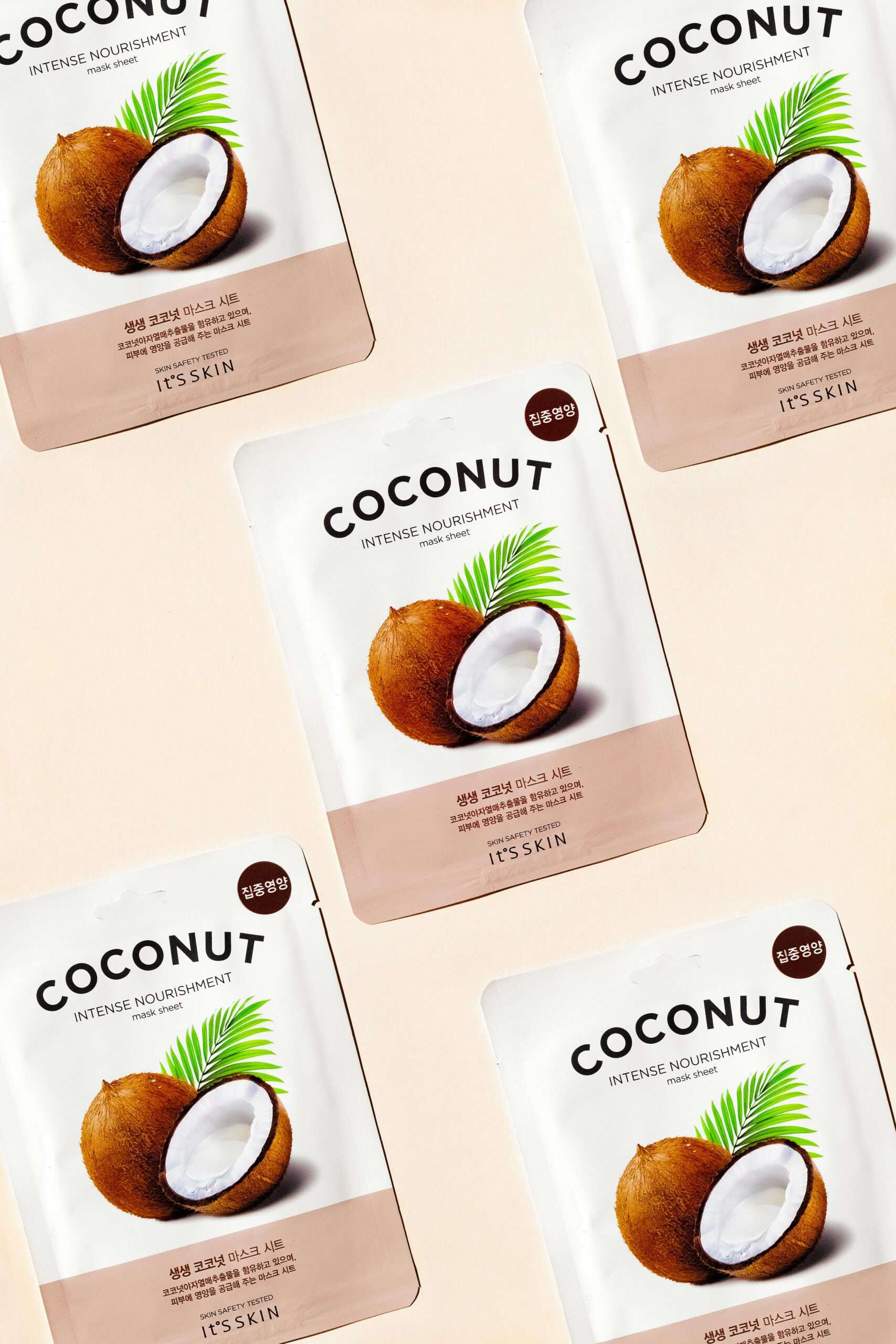
❓ Frequently Asked Questions
Bakgabun, translating to "Park's powder," holds the distinction of being the first mass-produced cosmetic product in Korea. As the country's inaugural face powder, it became a bestseller spanning the years from 1916 to 1930.
Korean skincare centers around the philosophy of nurturing skin health by focusing on consistent, gentle care and prevention strategies. The approach aims to repair the harm inflicted by harsher products and techniques while enriching the skin, making it more supple and resilient.
Confucianism significantly influenced Korean beauty ideals by promoting virtues like modesty, humility, and adherence to tradition. This philosophical and ethical framework encouraged a view of beauty that prioritized inner qualities such as virtue and propriety over physical appearance alone.

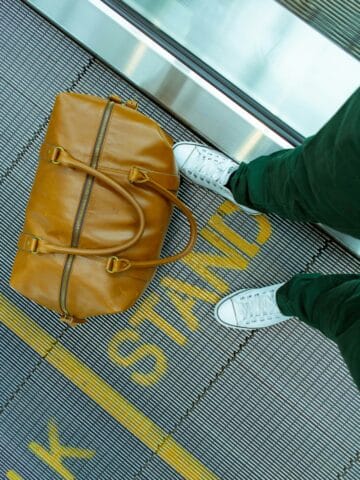
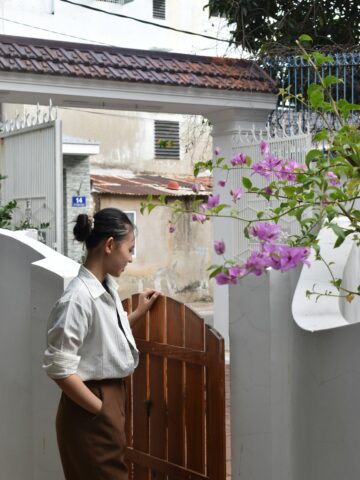
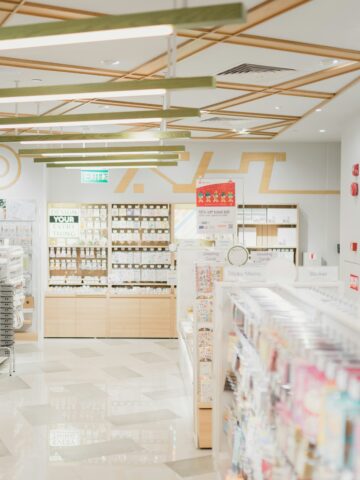
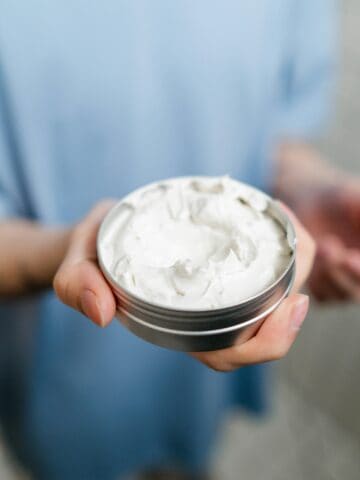
Comments
No Comments